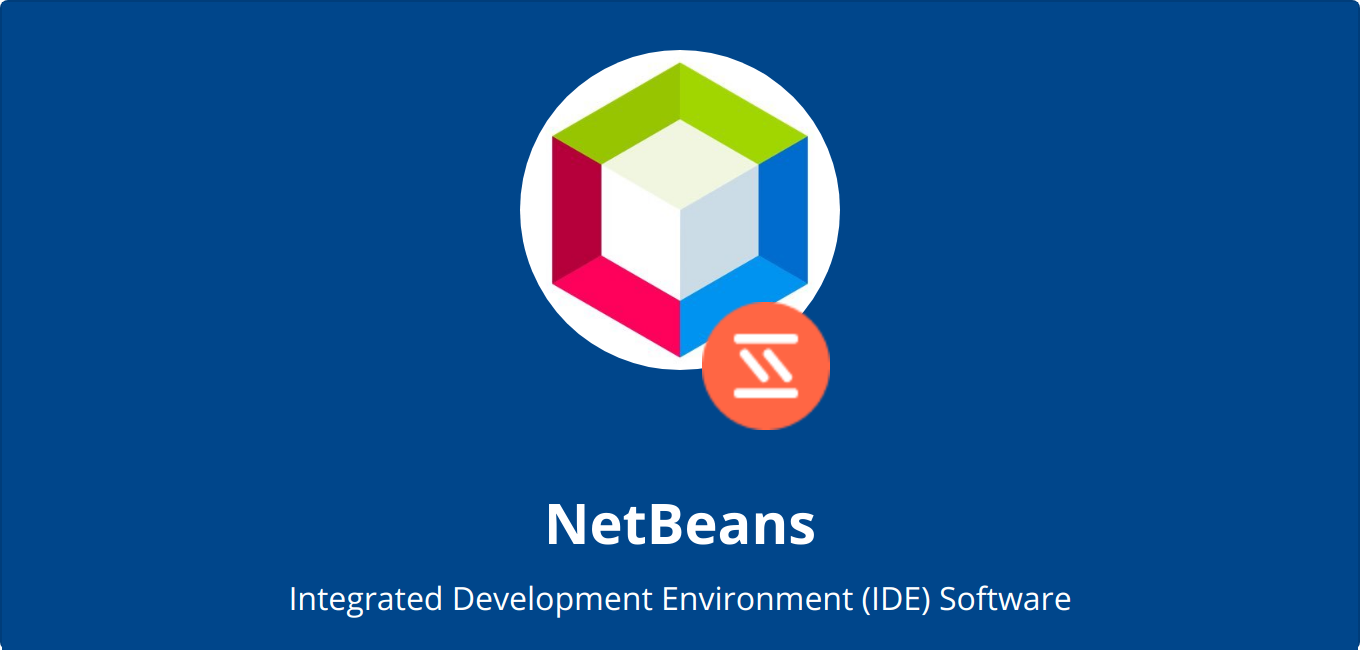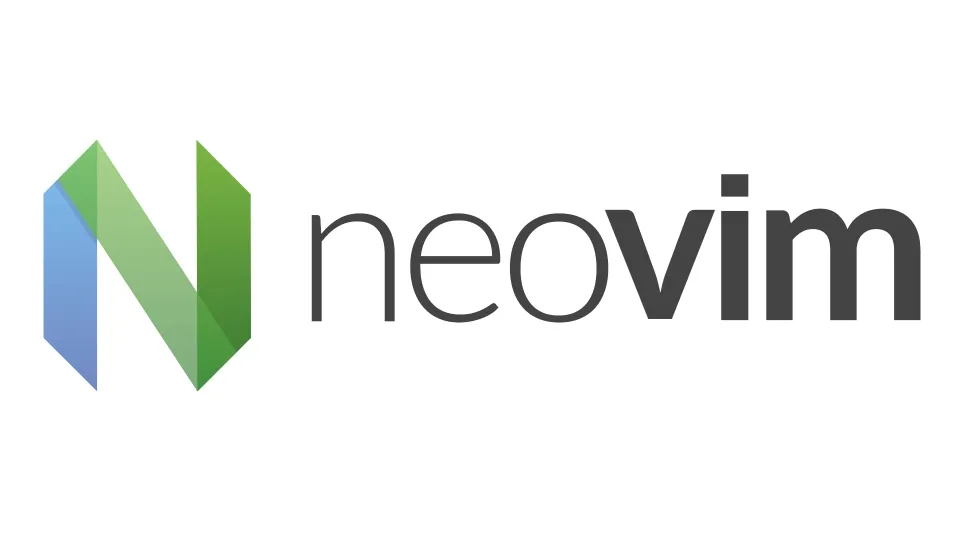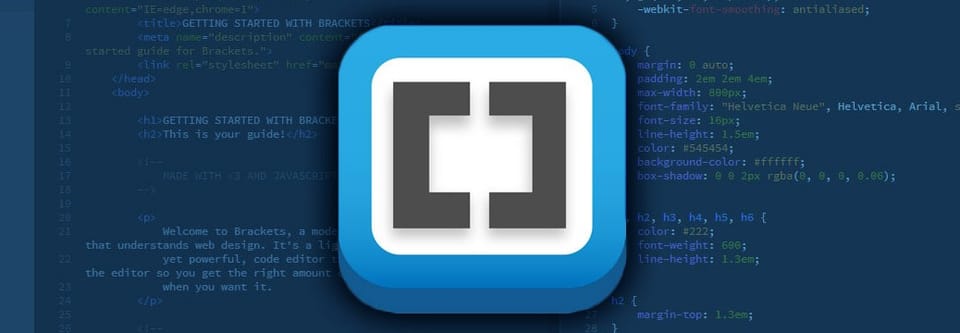VSCode vs NetBeans: A Comprehensive Comparison

Overview
Visual Studio Code (VSCode) and NetBeans are both popular integrated development environments (IDEs) used by developers worldwide. While they share some similarities, they also have distinct differences that make them suitable for different types of projects and developers. In this article, we’ll compare VSCode and NetBeans across several key areas to help you determine which IDE is best for your needs.
Performance and Speed
When it comes to performance, both VSCode and NetBeans have strengths and weaknesses.
- VSCode: VSCode is built on Electron, which allows it to run across different platforms. It’s known for its lightweight design and quick startup times. However, as you add more extensions, VSCode can become more resource-intensive, potentially slowing down when dealing with large projects. Despite this, its performance remains smooth and responsive for most development tasks.
- NetBeans: NetBeans, on the other hand, is a more traditional IDE, built in Java, and designed to handle large, enterprise-level projects, particularly in Java. While it’s more resource-intensive than VSCode, NetBeans is optimized for handling complex codebases and large-scale applications. However, its startup time and overall performance can be slower, especially on less powerful machines.
Language Support and Flexibility
Both IDEs offer extensive language support, but their primary focus areas differ.
- VSCode: VSCode is a general-purpose code editor that supports a wide range of programming languages out of the box, including JavaScript, Python, TypeScript, C++, and many others. It also has a vast marketplace of extensions that add support for additional languages and frameworks, making it highly flexible and suitable for polyglot developers who work with multiple languages.
- NetBeans: NetBeans is a full-fledged IDE with a strong emphasis on Java development. It provides deep integration with Java, including tools for Java SE, Java EE, JavaFX, and more. While NetBeans also supports other languages like PHP, JavaScript, HTML5, and C/C++, its primary strength lies in its comprehensive Java support. For developers focused on Java, NetBeans offers an integrated environment that’s hard to beat.
Integrated Tools and Debugging
Debugging and integrated tools are critical components of any IDE, and both VSCode and NetBeans excel in this area.
- VSCode: VSCode comes with a powerful built-in debugger that supports a variety of languages, including JavaScript, Python, and Java. Its debugger is intuitive, with features like breakpoints, call stacks, and an interactive console. Additionally, VSCode integrates seamlessly with external tools, allowing developers to extend its capabilities as needed.
- NetBeans: NetBeans offers robust debugging tools, particularly for Java. It includes features like step-through debugging, variable inspection, and watchpoints, all of which are essential for enterprise-level Java applications. NetBeans also integrates well with other tools like Maven, Gradle, and Ant, providing a comprehensive environment for managing and building Java projects.
Version Control Integration
Version control is essential for modern software development, and both VSCode and NetBeans offer strong Git integration.
- VSCode: VSCode has built-in Git support that provides a user-friendly interface for managing repositories. Developers can stage changes, commit, merge branches, and resolve conflicts directly within the editor. VSCode’s Git integration is further enhanced by various extensions that add support for additional version control systems and workflows.
- NetBeans: NetBeans also offers integrated Git support, allowing developers to perform all the usual version control tasks without leaving the IDE. NetBeans’ Git integration is comprehensive, with features like branch management, conflict resolution, and history browsing. Additionally, NetBeans supports other version control systems like Mercurial and Subversion, making it a versatile tool for managing source code.
Customization and Extensibility
The ability to customize an IDE is important for developers who need to tailor their environment to their workflow.
- VSCode: VSCode is known for its high degree of customization. Developers can easily adjust settings, keybindings, and themes through a graphical interface or by editing configuration files. The VSCode Marketplace offers thousands of extensions that can enhance the editor’s functionality, allowing developers to create a personalized development environment that fits their exact needs.
- NetBeans: NetBeans also supports customization, though it follows a more traditional approach. It offers a wide range of plugins that can be added to extend its functionality. While NetBeans is customizable, the process can be more complex and less intuitive than VSCode’s. However, for Java developers, the built-in tools and features in NetBeans are often sufficient without the need for extensive customization.
Community and Support
The strength of the community and available support can significantly influence your experience with an IDE.
- VSCode: VSCode has a large and active community, backed by Microsoft. The community contributes to a rich ecosystem of extensions, tutorials, and documentation, making it easy for developers to find support and resources. Regular updates from Microsoft ensure that VSCode remains up-to-date with the latest features and improvements.
- NetBeans: NetBeans has a long-standing community with extensive resources available, particularly for Java developers. The Apache Software Foundation now manages NetBeans, ensuring that it remains open-source and well-supported. The community provides a wealth of plugins, documentation, and forums where users can seek help. However, because NetBeans is more specialized, the community may not be as large or active as VSCode’s.
Licensing and Cost
Cost is always a consideration when choosing an IDE, especially for independent developers or small teams.
- VSCode: VSCode is free and open-source, available under the MIT License. This makes it accessible to developers and organizations of all sizes. Microsoft’s backing ensures regular updates and ongoing support, all at no cost to the user.
- NetBeans: NetBeans is also free and open-source, distributed under the Apache License 2.0. This ensures that it remains free for all users, with the freedom to modify and distribute changes. The open-source nature of NetBeans, combined with its comprehensive Java support, makes it an attractive option for Java developers and organizations looking for a cost-effective IDE.
Conclusion
VSCode and NetBeans are both powerful IDEs, but they cater to different audiences and use cases. VSCode is a modern, versatile editor that supports a wide range of languages and is highly customizable through its extensive marketplace. It’s ideal for developers who work with multiple languages or who need a lightweight, flexible tool that can be tailored to their workflow.
NetBeans, on the other hand, is a full-featured IDE with a strong focus on Java development. Its deep integration with Java and related technologies makes it an excellent choice for enterprise-level projects and developers who need a comprehensive environment tailored to Java. While NetBeans also supports other languages, its primary strength lies in its robust Java tools and features.
Ultimately, the choice between VSCode and NetBeans depends on your specific development needs and preferences. If you’re looking for a lightweight, customizable editor that supports multiple languages, VSCode is likely the better choice. However, if you’re a Java developer working on large-scale projects, NetBeans offers an integrated, powerful environment that’s hard to match. Both are free to use, so experimenting with each can help you determine which one best fits your workflow and project requirements.



